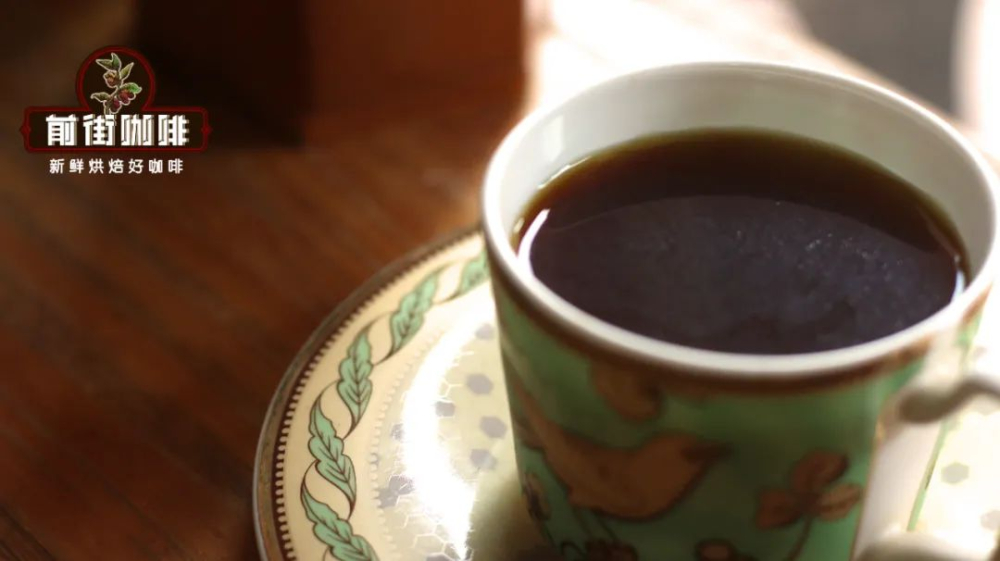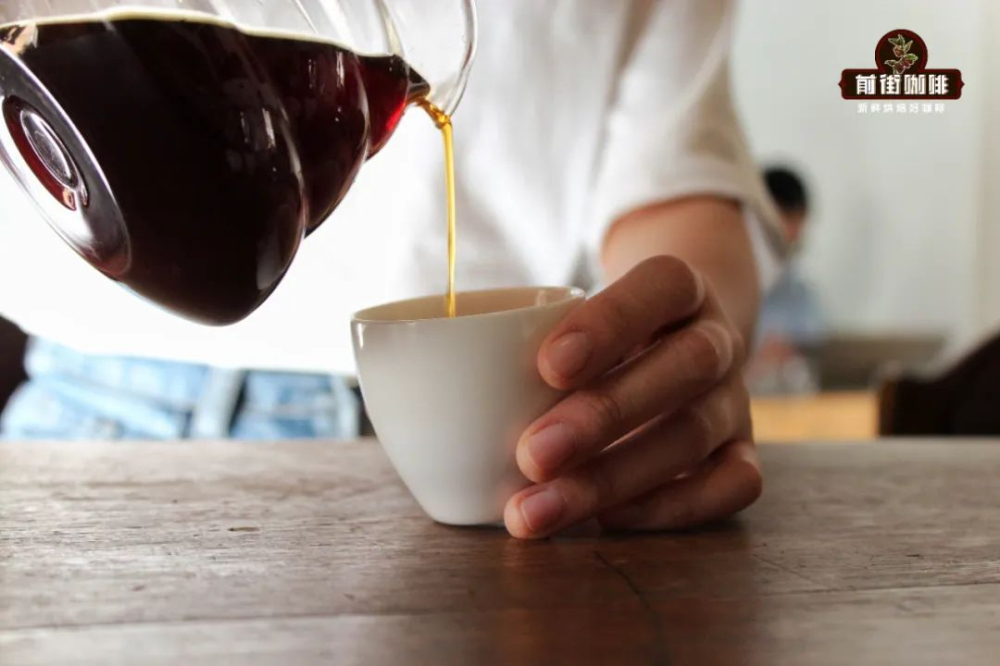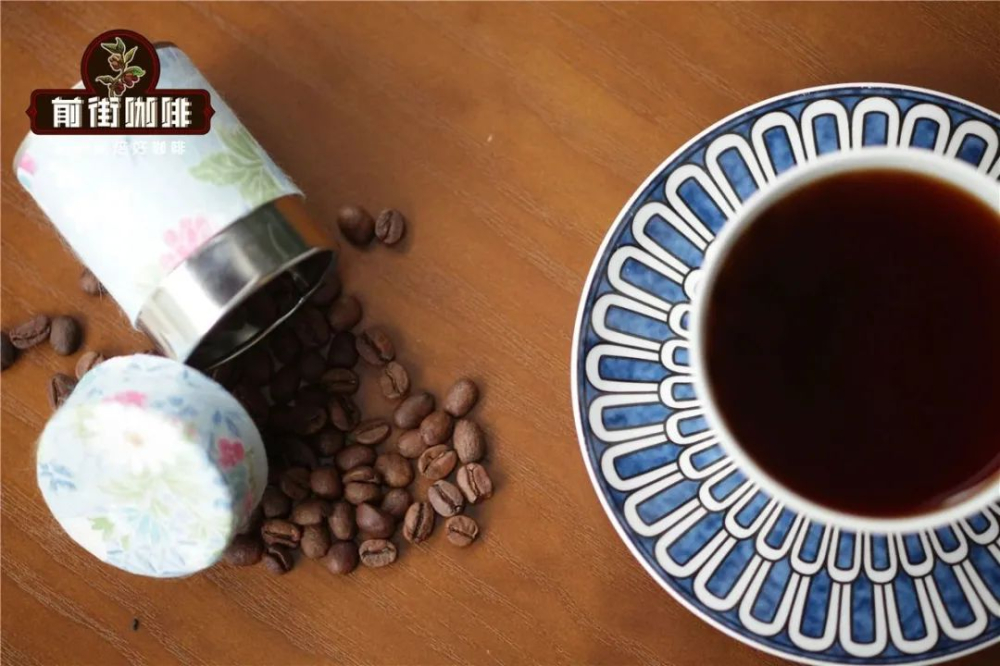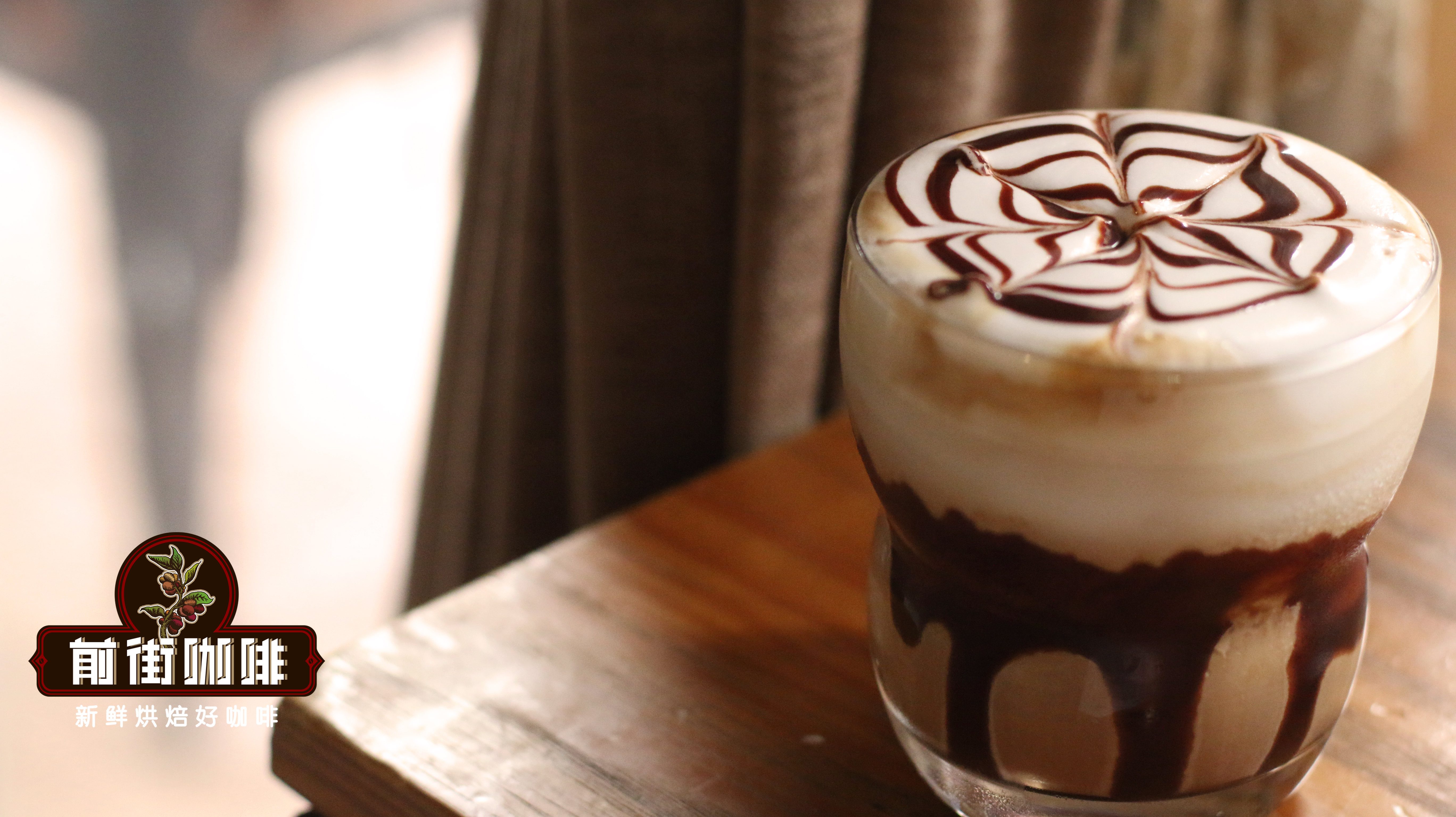The tasting method of hand-brewed coffee introduces how to distinguish the aroma and flavor of coffee beans.

As the title says, a guest who doesn't drink coffee often comes to the Qianjie store. When he is holding a cup ready to taste, he suddenly stops and asks the question in the street: "Boss, how should this coffee be tasted?" Today in front of the street, I will talk to you about how to taste coffee.
First of all, preferences are subjective.
There is no absolute standard for whether a cup of coffee tastes good or not. whether it is bitter, sour and sweet depends first of all on your personal dietary preferences. For example, whenever a sample of hand-brewed coffee is shared in the front street, it is obviously from the same pot of coffee, some people think it is full and sweet, some people think it is too sour, while others are embarrassed by bitterness. At this time, the so-called "delicious coffee" is "my favorite coffee".

When judging the quality of coffee, be objective
Just because everyone has different dietary preferences, they naturally have their own standards when drinking coffee. These more or less the same mainstream standards, so that the taste spectrum of coffee has a unified terminology, we can relatively objectively evaluate the quality and advantages and disadvantages of coffee.

Volatile aroma
The volatile aroma is mainly divided into two parts: dry incense and wet incense, in which the smell that can be directly perceived after grinding is called dry incense, and the smell released after contact with hot water is called wet incense. For example, in the front street, the aroma of Kenyan Asaria coffee shows the aroma of berries and small tomatoes, and the smell of Wumei and Sydney when it is hot.

In addition to smelling directly from the nose, some fragrances are "slipped" into the nasal cavity by the mouth along with the swallowing process. For example, after drinking red roses in the front street, there is a faint fragrance of flowers and Hami melons and fruits after summer, which is not the senses brought by the taste buds (the tongue cannot distinguish the smell), but the smell caught by the smell behind the nose. If we smell a better aroma in the coffee, we will add a good impression to it.
Taste
Our taste buds can only feel five taste substances: sweet and sour, bitter and salty, there is almost no "fresh" taste in coffee in theory, and the salty taste is often obscured by other flavors under normal circumstances. Therefore, as far as tasting coffee is concerned, we generally pay attention to the sour, sweet and bitter taste.

As coffee lovers, we can follow our preferences and find coffee that makes us taste better.
Taste
This can be understood as the overall feeling of the coffee liquid to the mouth, also known as the body of coffee, which is actually the volume (texture) of coffee. For example, if we drink something similar to water, we will say "water and taste is thin" in the expression. The feeling of drinking is very unpalatable and astringent, so the expression will say "taste rough and astringent". The taste of coffee is usually described as rough, smooth, thin, mellow and full, which is easier to perceive.

The oral feeling of coffee after swallowing is also an important part of coffee tasting. Bitter mouth or strong fermented or acetic acid taste is an uncomfortable performance and points should be deducted. After drinking coffee, I feel nothing in my mouth, but I don't lose it. When after drinking coffee, the mouth is sweet, or exudes a light and comfortable aroma of tea, then the aftertaste of this cup of coffee is very good, is a complete experience.
In other words, just drink more coffee!
-END-
Important Notice :
前街咖啡 FrontStreet Coffee has moved to new addredd:
FrontStreet Coffee Address: 315,Donghua East Road,GuangZhou
Tel:020 38364473
- Prev

Introduction to the Historical Origin of mocha Coffee the steps of making Italian mocha coffee
"Boss, I'll have a mocha."Sorry, we don't have a mocha." once upon a time, mocha, along with lattes and cappuccinos, was on the regular menu of espresso and was a must-order for many people. Nowadays, many boutique cafes no longer focus on mocha fancy coffee and even remove it from the menu.
- Next

What's the difference between G1 and G2 Yega Xuefei? Classification of coffee beans in Ethiopia
We know that coffee beans are usually graded according to the actual situation of the growing country, such as Kenyan coffee, altitude, blue mountain coffee, and coffee defect rate, such as Ethiopian coffee. Ethiopia, as the gene bank of Arabica, has a wide variety of coffee.
Related
- Detailed explanation of Jadeite planting Land in Panamanian Jadeite Manor introduction to the grading system of Jadeite competitive bidding, Red bid, Green bid and Rose Summer
- Story of Coffee planting in Brenka region of Costa Rica Stonehenge Manor anaerobic heavy honey treatment of flavor mouth
- What's on the barrel of Blue Mountain Coffee beans?
- Can American coffee also pull flowers? How to use hot American style to pull out a good-looking pattern?
- Can you make a cold extract with coffee beans? What is the right proportion for cold-extracted coffee formula?
- Indonesian PWN Gold Mandrine Coffee Origin Features Flavor How to Chong? Mandolin coffee is American.
- A brief introduction to the flavor characteristics of Brazilian yellow bourbon coffee beans
- What is the effect of different water quality on the flavor of cold-extracted coffee? What kind of water is best for brewing coffee?
- Why do you think of Rose Summer whenever you mention Panamanian coffee?
- Introduction to the characteristics of authentic blue mountain coffee bean producing areas? What is the CIB Coffee Authority in Jamaica?

